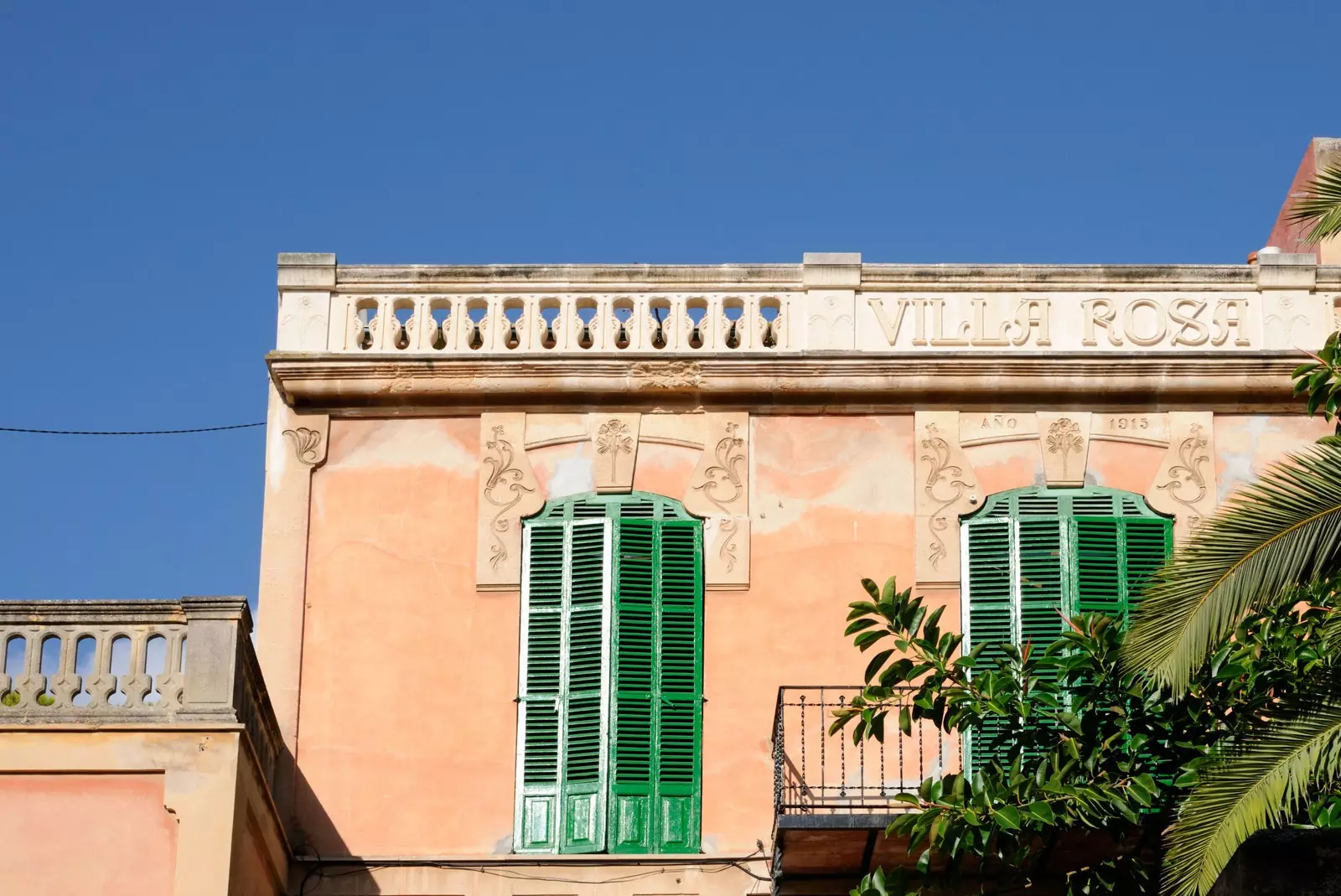
Those years of the Palma scene (or how Gomila square is intended to be revived)
El Terreno was once the most fashionable neighborhood in the city of Palma de Mallorca , where many residents in the 19th century built their second homes for spending free time near the sea in summer . Its location was ideal, since on the one hand, you could build a house near the coast where you could bathe in the mornings (since the Paseo Marítimo did not yet exist), and in the afternoons, stroll through the pine forest of the bellver castle.
My great-grandparents built a series of houses that the family renovated in the fifties to go to the summer when my father was about eight years old and where we lived until about ten years ago. It was one of the typical neighborhood garden houses , not too ostentatious, not too big, shaded by fig trees and adorned with many flowers.
The working class of the time did not have vacations, but the wives of the businessmen with a little more money left the city to spend the summer months with their children, somewhere not far away, so that the husband could visit them on his days off.
In addition to the summer houses , at the time it also became common residential tourism in the neighborhood , with extended stays in rented private houses , especially for the British and Germans, where they raised a Anglican chapel, a British club and a set of commercial services with consumer products for them . The parish had a cinema where movies were shown, some of them in English.
My father, Tomeu, who is now 74 years old, he has always told me that the Terreno neighborhood was linked to Palma through a gravel road , which today we know as the streets of Marqués de la Cenia and Joan Miró . Between the current neighborhood of Santa Catalina and the sports facility of s'Aigo Dolça, there were very few buildings, something that at 33 years old I have never seen.
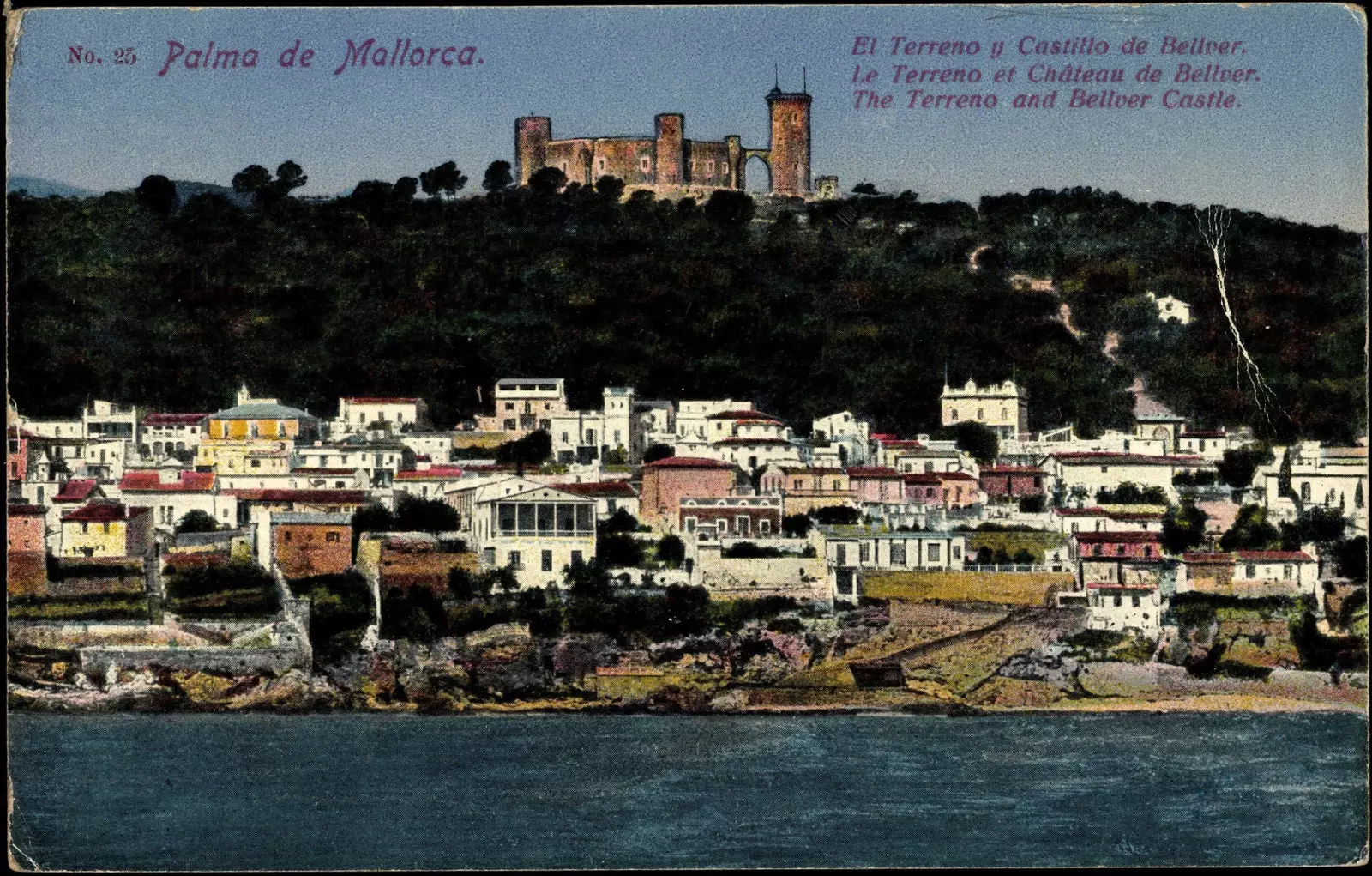
Postcard of El Terreno and Bellver Castle
The neighborhood's social center par excellence was rubber band , name given to the square with this name, and to the Mediterranean square , nearby and both linked by a narrow street. In this area it was possible to see the most glamorous people of that time and residents would go out for dinner at night at some local venues. In some of them, you had to wear a suit and tie. The most common route was to have dinner at the The Courtyard restaurant , see a show at the Tito 's nightclub and end the night with a dry Martini at the joe's bar.
Mallorcan nightlife became known throughout Europe for its glamor and elegance. At the beginning of the 20th century, some of the first accommodations for tourists opened in the surroundings of Gomila, such as the Mediérráneo hotel, the Victoria and the Mirador . All of them for travelers with high purchasing power, since the mass tourism at that time it did not yet exist and only those who had time and budget could travel.
At that time, nightclubs also proliferated, where the best artists of the time performed. My father used to tell me as a child when walking through the neighborhood that at night, his parents and other couples from the Land, they sat in the square to enjoy the movement from the terrace of the Mónaco bar, where you could come across a celebrity or movie actor.
Many of the international singers of the moment paraded through the Gomila area, such as** Ray Charles, Charles Aznavour, Maurice Chevalier, Marino Marini, Sandie Shaw and Sylvie Vartan**. A number of actors, artists and writers also bought their homes nearby, such as Camilo José Cela and Gertrude Stein . In front of the square there was a bar called Torres , where gatherings attended by intellectuals were organized.
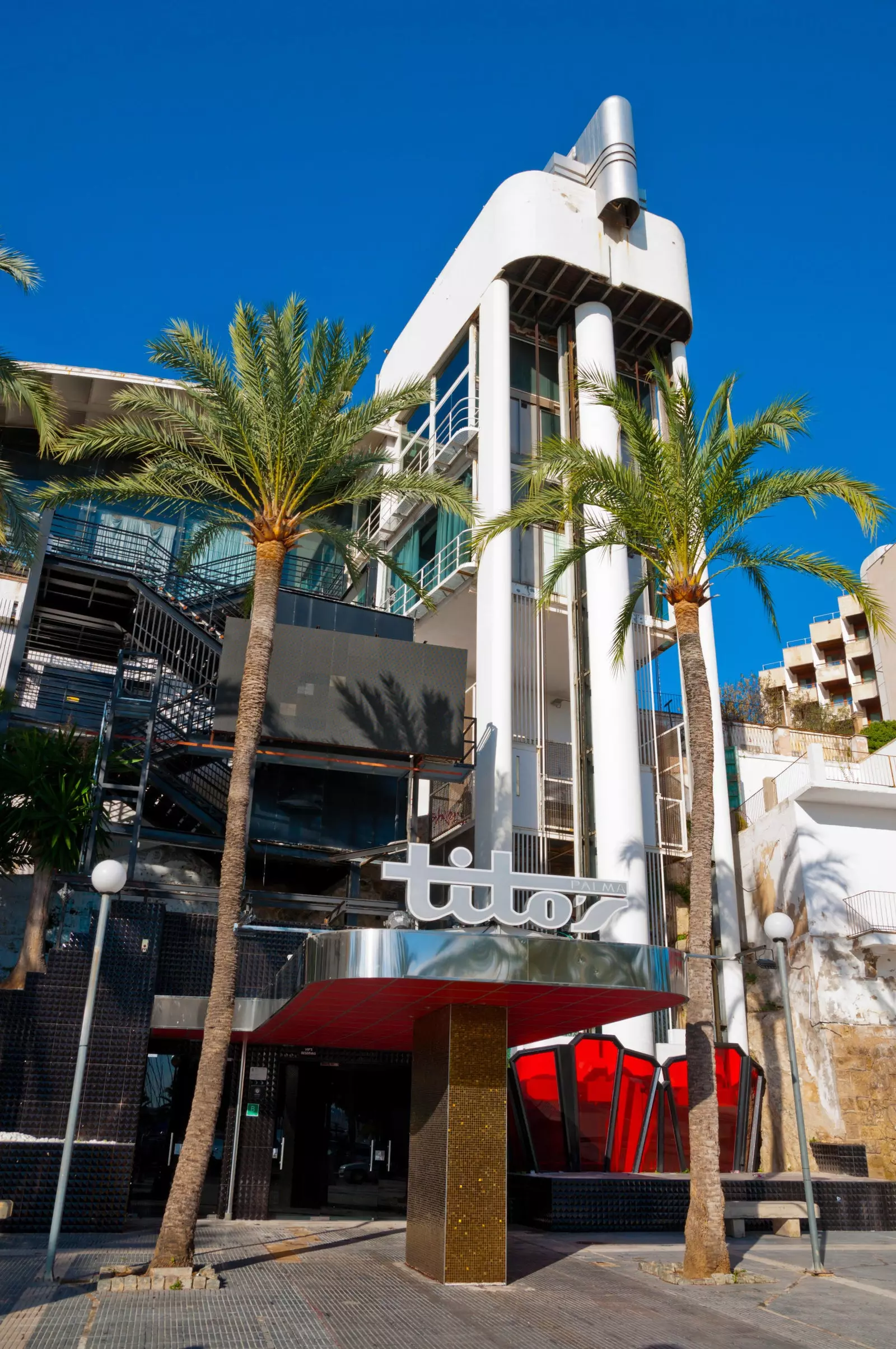
Titus's
With the economic boost of the 1960s, a large number of Europeans looked for ways to enjoy their paid vacations after difficult post-war years, creating a real mood. The island had many attractions, including sun and fun at a good price. either. As a result, a battle for clients broke out among the promoters of some of Gomila's nightclubs, such as Tito's and Tagomago.
According to my father, the civil war had isolated Spain from the continent and with the arrival of the Europeans, “ Majorcans could appreciate that they lived and dressed in a more liberal way , turning the square into a showcase of fashions and attitudes for all the residents of the time”. When she went to study in Barcelona, her university classmates envied her, because the island was already becoming fashionable and she returned on vacation.
The mass tourism it came with improved air and sea connections a few years later. At that time, some large hotels began to be built far from Palma, especially in the town of Magaluf , which at that time was a paradise beach with few houses and surrounded by a pine forest, but today it is one of the worst places on the island, due to its tall buildings and its hellish bars.
The first tour operators were also born offering closed packages to spend the holidays on the island. But the ground with the construction of the Paseo Marítimo, it had lost its access to the sea and its urban attractiveness , since many of the holiday homes were replaced over time by blocks of buildings without much charm.
When the 70s arrived, discos became fashionable in half the world and, as my father says, "the young people were replacing the older ones and also their tastes, stopping going to the nightclubs". The clubs were cheaper, because it was not necessary to pay for the presence of an artist, therefore, they were more affordable and brought together many more people.
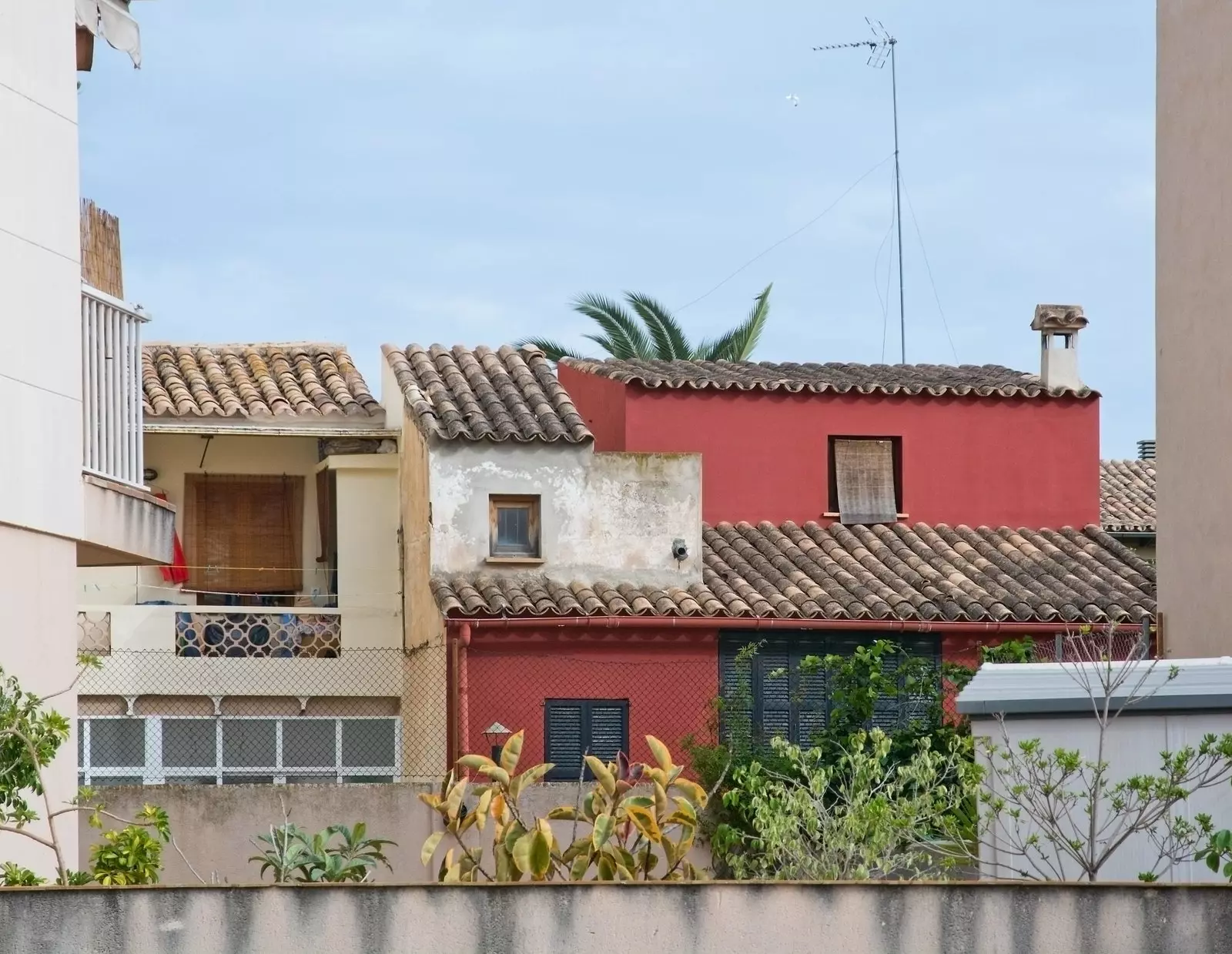
Those years of the Palma scene (or how Gomila square is intended to be revived)
In Gomila some discotheques like Rodeito, Sgt. Peppers (officially opened by Jimi Hendrix) and barbarela , where people from all over Palma hung out with friends after dinner. The Barbarela was very innovative at that time , because the room was shaped like a Roman circus and the ring was in the center which was accessed by going down some stairs and passing through a series of boxes where the tables were.
Gomila began to be populated with bars, restaurants and nightclubs , frequented by both tourists and residents. It became the great center of evasion and revelry in Palma, full of people and, also, of traffic.
The opening of Sea Club of the Promenade , expanded the luxury offer, attracting the most elegant clientele that used to be seen in Plaza Gomila. Don Juan, the father of King Juan Carlos, together with the then prince, for example, began to frequent that area a lot at that time.
In Gomila some nightclubs closed and reopened, as in the case of Tito's that was transformed into a nightclub in 1985 and changed its entrance to the ground floor of the Paseo Marítimo where I used to go out when I was a teenager, in a very different environment from what my father told me about his time, because there was everything but glamour.
The square fell into disrepair because the entertainment centers now turned their backs on it, and it began to be frequented by young people who sat down to have a drink before going out to the clubs, leaving garbage, organizing fights and making noise until the wee hours of the night. night. I never understood why my father liked the Terrain, since for me he was a uncomfortable neighborhood, where I was afraid to walk back home . The ground floor of some buildings was degraded and premises with a bad atmosphere were opened.
The abandoned houses in the neighborhood reawakened interest a few years ago and some buildings that nobody looked at for 30 years in Gomila are being rehabilitated.
The Mallorcan real estate developer Doakid SLU , majority owned by Camper, the well-known Majorcan shoe company, has started a project to clean up the area. They will build some 29 homes with buildings of no more than three heights , a style that seems not to want to leave the tone of what the neighborhood was before, opening some stores and remodeling the parking lot located in the Mediterranean square. It will also improve the connection between the Paseo Marítimo and El Terreno which now have inconvenient access via stairs.
Other investors have been refurbishing buildings on Calle Joan Miró. With which, Gomila Square, and as a consequence, also the neighborhood, in a few years will have a new image. However, it will cost to put it back on the map, as it was in the years of the “movida de Palma” , after having left it abandoned for years.
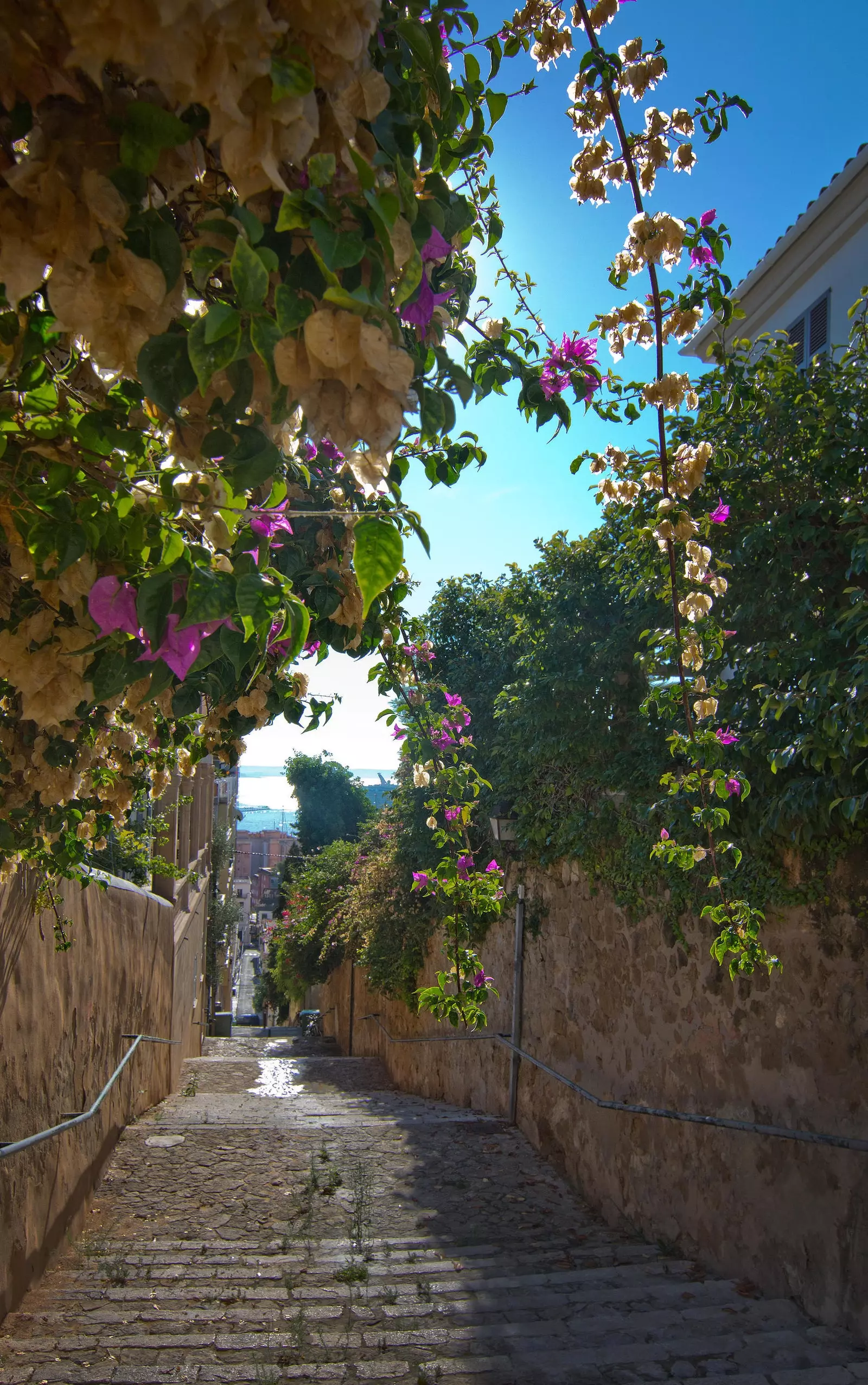
One of the stairs that connect the streets of El Terreno
